by Ken Lain, the mountain gardener
- What outside plants can be grown indoors?
- Outdoor plants for a balcony. Best indoor plants.
- Can outdoor plants survive indoors?
- What indoor plants can go outside?
- Top 10 indoor plants.

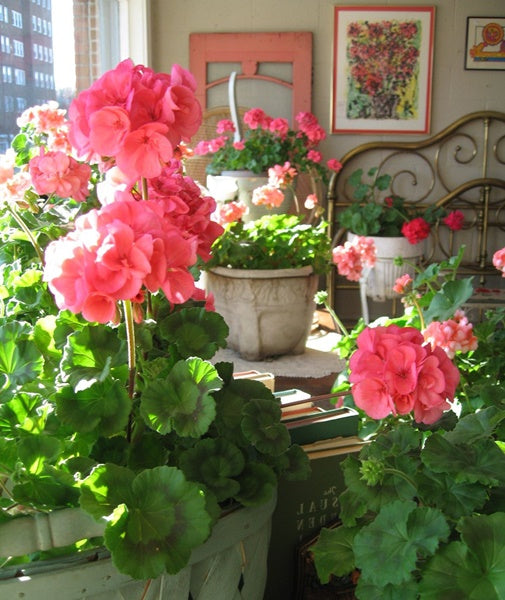
It’s a shame to lose your tender annual plants each winter. Many are actually warm weather perennials that grow all year if brought indoors. Shade tolerant plants make excellent houseplants since homes have less light. Other conditions to consider are cooler temperatures and indoor humidity. Tropical plants brought in as houseplants may need extra attention. Consider these 10 to shelter inside this winter.
Insider Tip – Start by acclimating to outdoor plants gradually. Bring them indoors while the windows are still open to bridge the change in conditions. How to bring garden plants indoors.
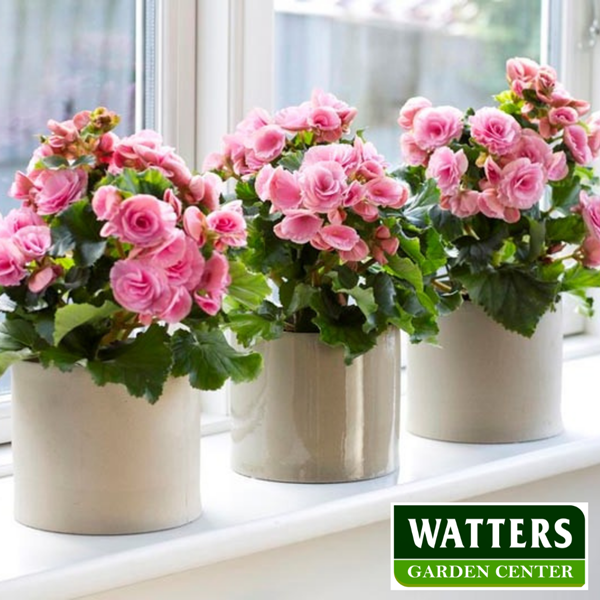
Begonias are becoming more popular with plant breeders, and many varieties make excellent indoor foliage plants. They can be challenging to grow indoors because they prefer high humidity but growing them on a pebble tray helps.
Water: Allow to dry between waterings.
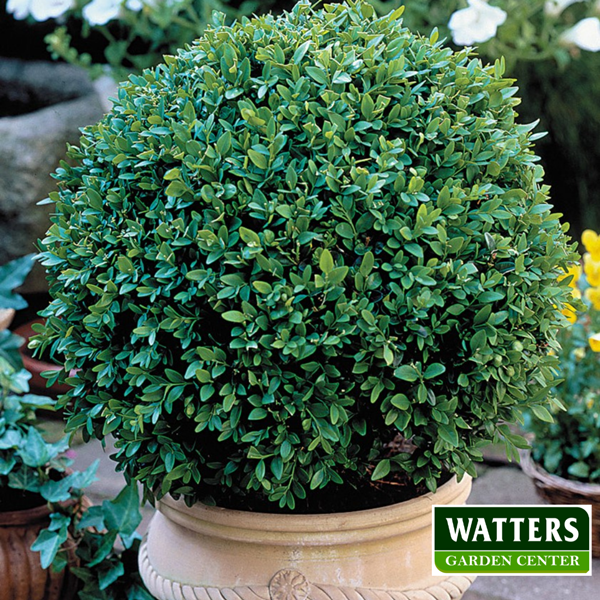
Boxwood is a small potted evergreen that makes easy-going houseplants and engaging winter decorations. Turning the pot every few days will keep them growing evenly on all sides. Humidity is crucial to evergreen houseplants, and misting is necessary. Water when the soil feels dry and feed monthly with Watters Flower Power.
Water: Only when the soil feels dry.
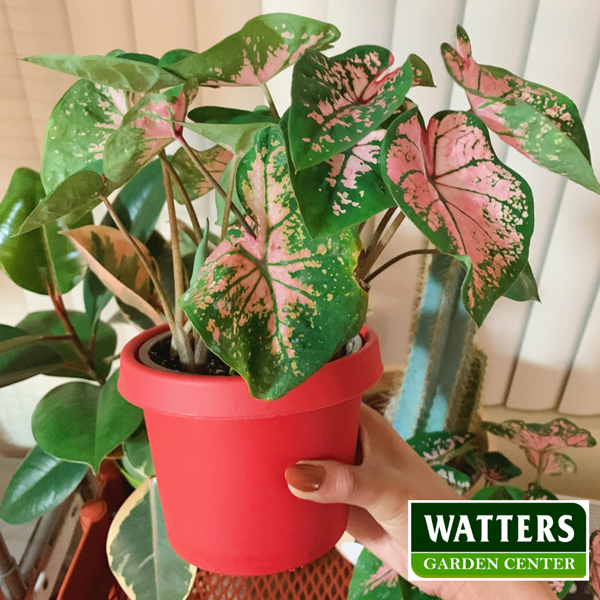
Caladium do not like the cold, preferring temperatures in the 60-85 F range. If the leaves start to yellow and the plant is struggling, allow it to die back and rest until spring. Store it in a cool, dry spot and repot in March.
Water: Keep moist but not wet.
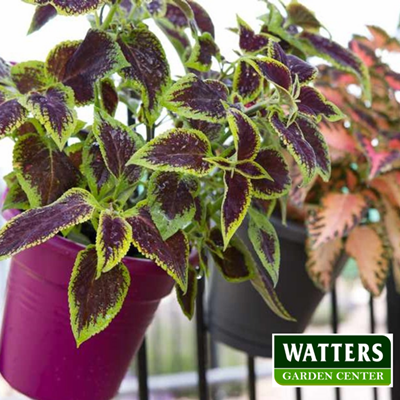
Coleus is everywhere these days. The old-fashioned varieties prefer shade, making them especially nice houseplants. If your plants are too large to bring indoors, coleus roots quickly from cuttings. They like to be warm but will tolerate cooler nights and temperatures down to about 55 degrees. Be sure to pinch off any flowers to keep the plants from going to seed.
Water: Keep soil moist and feed monthly.
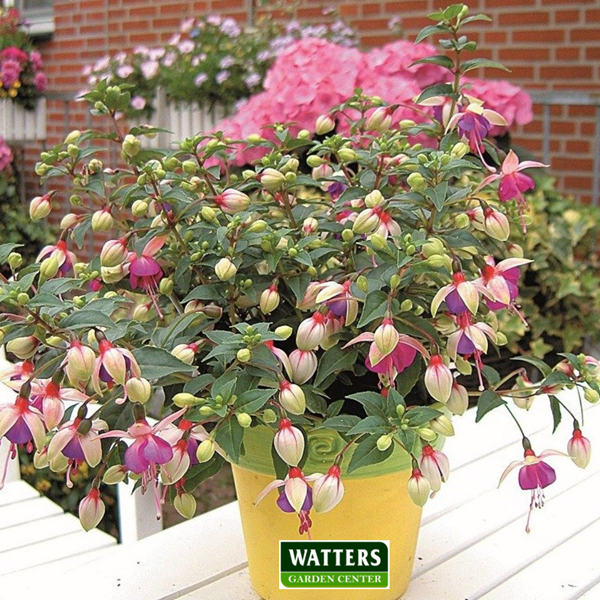
Fuchsias look very tropical, but they actually enjoy cool temperatures in the 60–70-degree range. This plant benefits from a winter rest, so don’t expect a lot of flowers during winter. Bring the plants indoors before frost and trim them to about 6″ inches. Place it in a cool spot, 45-50 degrees, with low light. Perfect in an insulated garage or basement. In spring, move the plant back into a sunny place and resume regular water. New growth will start quickly. Repot with fresh Watters Potting Soil and begin feeding every other week with Flower Power.
Water: Water lightly when soil is dry
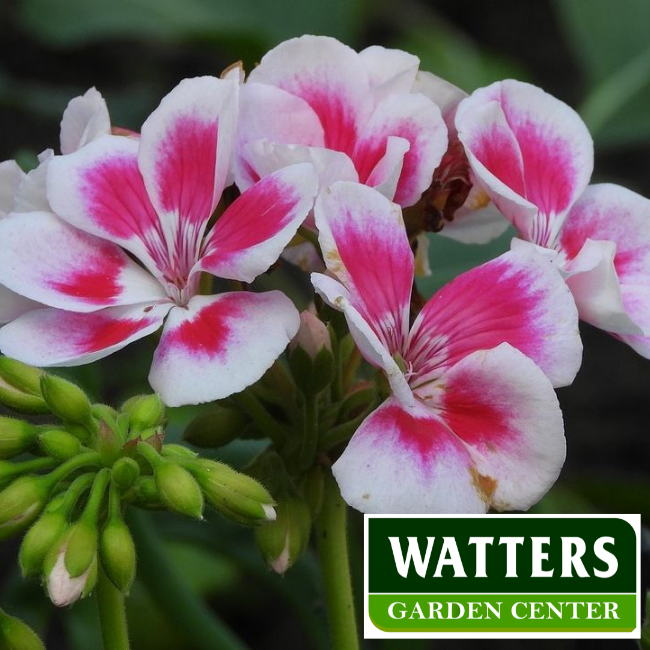
Geraniums like a bright south-facing window for repeat blooms all winter. Geraniums grown outdoors in containers make the best candidates because their roots will not be disturbed. Bring them in before frost and give the plants a light trim.
Water: Allow to dry out between waterings.
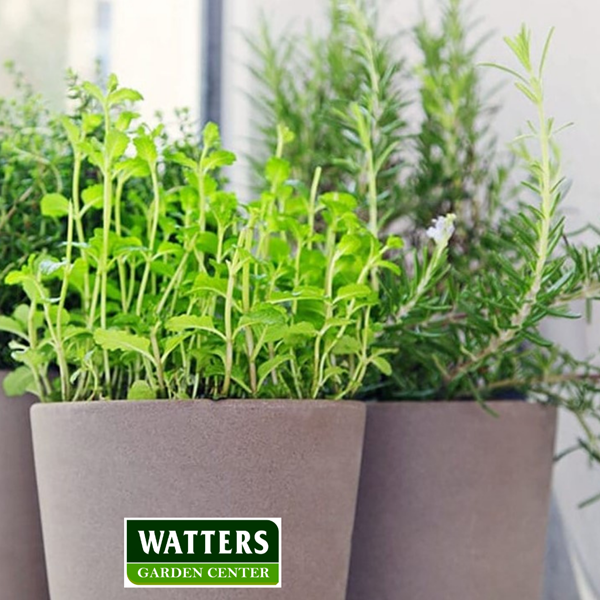
Herbs: Basil, Chives, Parsley, Lemon Grass, Rosemary. Many herbs do well indoors. Basil and parsley are best started as young plants. Chives are a particularly easy herb to grow indoors. Even when hit by frost, they rejuvenate quickly indoors. Lemongrass and rosemary can be potted and brought back and forth from the outdoor herb garden to the indoor windowsill. Trim and use your herbs to keep them bushy and full.
Water: Water sparingly once seedlings sprout.
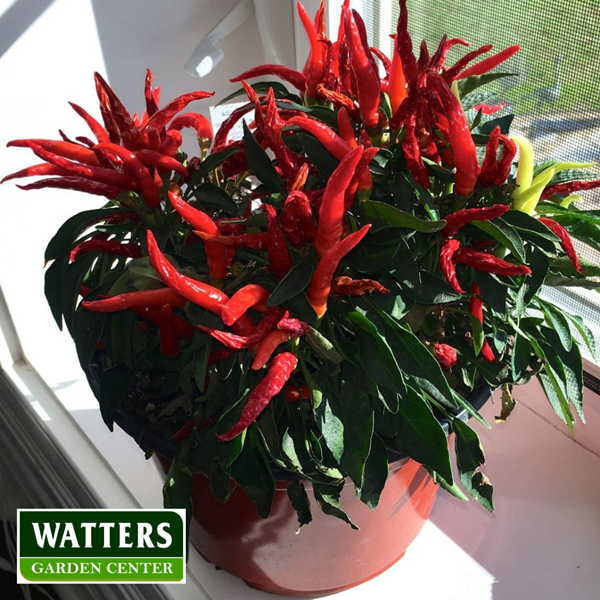
Hot Peppers are tropical perennials and often kept growing and producing for years. Smaller hot peppers are the easiest to bring indoors, but any pepper is worth a try.
Water: Water sparingly.
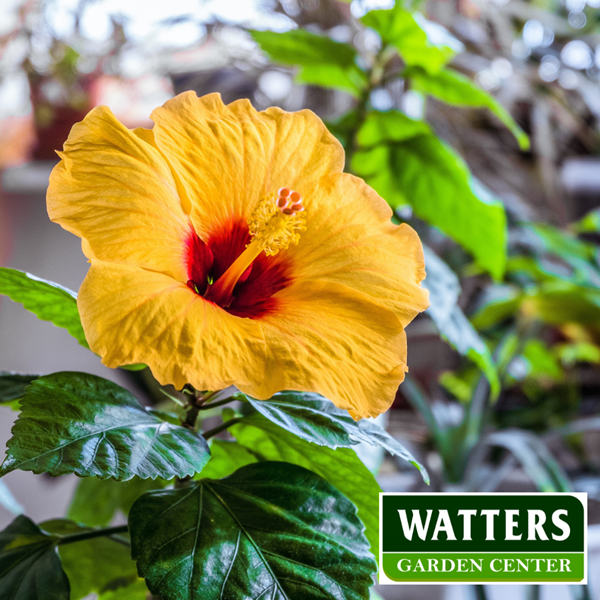
Tropical Hibiscus adapt well indoors and may bloom all winter if kept in a sunny window with bright, direct light. You can trim the plants to shape them, but hibiscus grows slowly in winter, and you may not see much new growth. If you do not have a warm, sunny window, opt for a cool spot with average light and let them drop their leaves and go dormant.

Water: Water daily; keep well-drained.
Garden Alert! Watch for indoor gnats as the Autumn nights cool. Fungus Gnats migrate to your indoor houseplants for warmth while eating their roots. They only get worse in the depths of winter. Treat every plant in the room showing gnats with Watters Systemic Granules at the first sign of infestation.
Until next week, I’ll be helping locals grow better gardens here at Watters Garden Center.
Throughout the week, Ken Lain can be found at Watters Garden Center, 1815 W. Iron Springs Rd in Prescott, or contacted through his website at WattersGardenCenter.com or Top10Plants.com.

